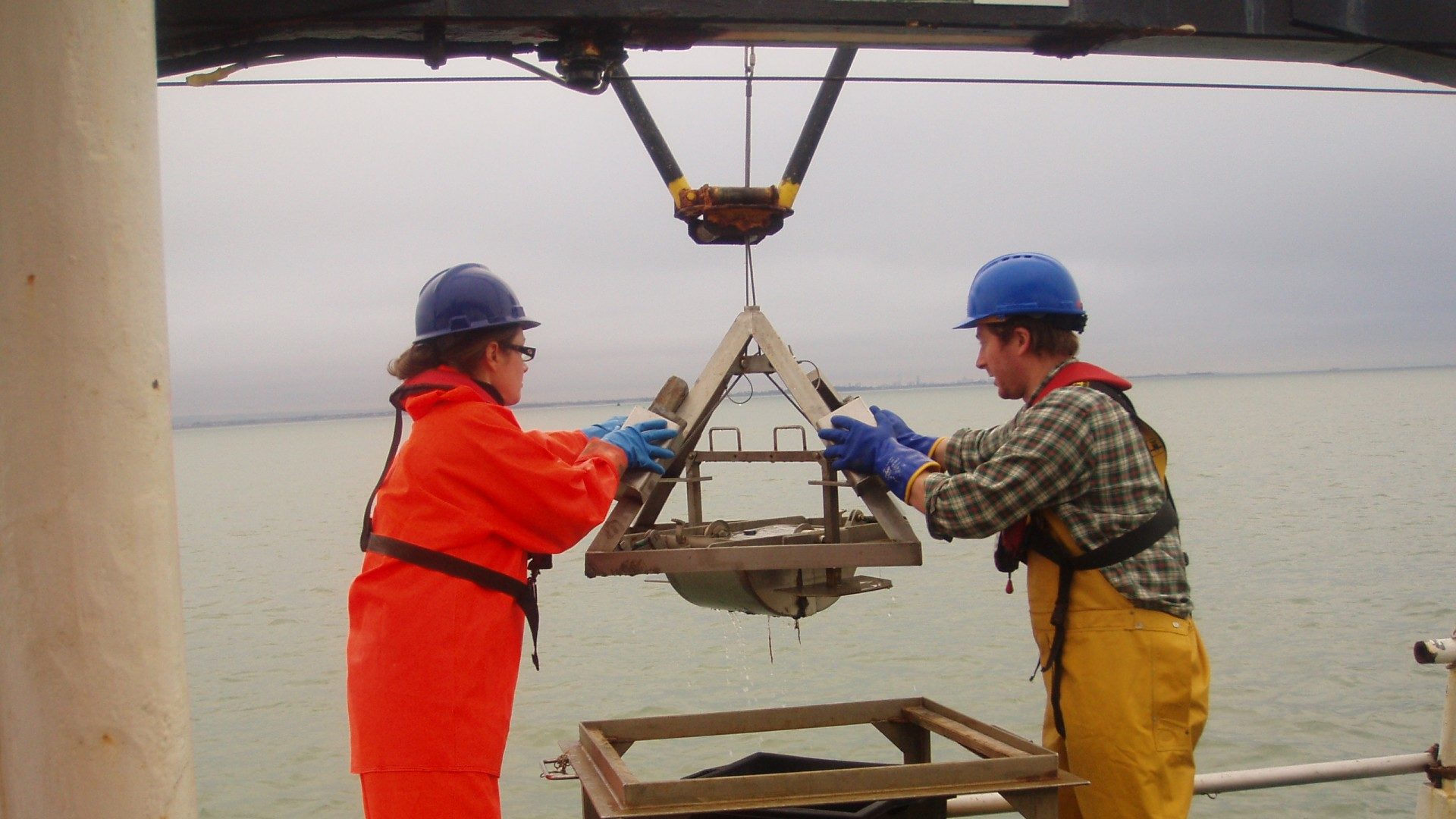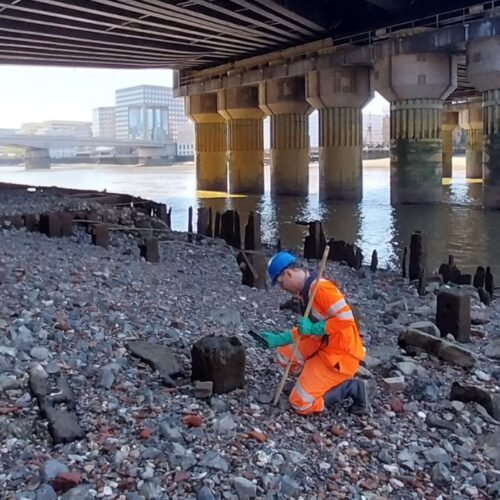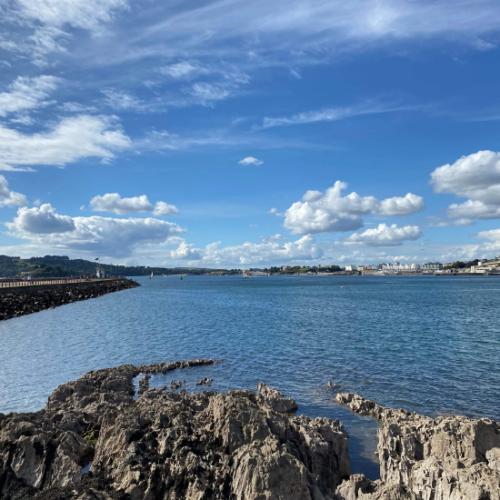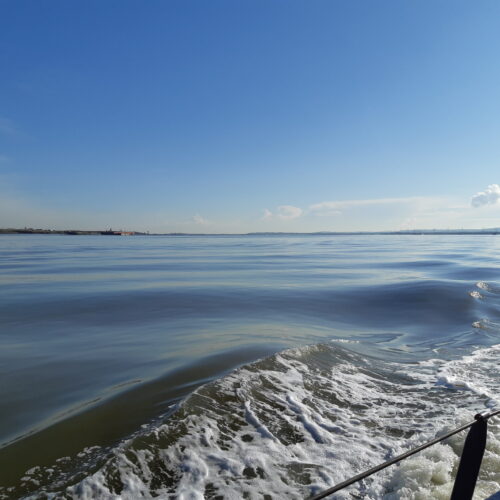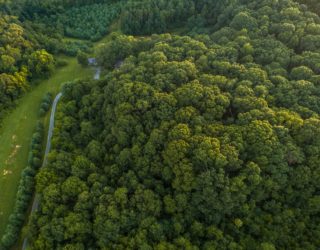Marine Protected Areas, Highly Protected Marine Areas and what this means for UK seas
The UK committed to protecting at least 10% of its coastal and marine areas by 2020 as part of the Strategic Plan for Biodiversity adopted by parties to the UN Convention of Biological Diversity. The vision is for there to be an ecologically coherent and well-managed network of Marine Protected Areas (MPAs) to protect our marine environment from further biodiversity loss and to allow damaged areas to recover.
Currently 36% of UK waters are covered by MPAs, exceeding the 10% target. The UK Government sees itself as a global leader in protecting the marine environment and has backed calls for 30% of oceans globally to be protected by 2030.
MPAs are defined geographical areas, which are managed with the aim of Good Environmental Status being maintained or achieved. In the UK this includes a variety of different types of protected area (e.g. Marine Conservation Zones, Special Areas of Conservation, Nature Conservation MPAs), which are designated under different legislation and managed by different statutory authorities depending on their location. They are designated due to the presence of certain features (species or types of habitat), which have been selected for conservation and are intended to be surrogates for overall biodiversity.
For many, MPAs call up images of idyllic oases, blooming with marine life, where the looming threat of fishing and other destructive human activity is a distant memory. However, recent reports of supertrawlers fishing in MPAs have brought to light that perhaps MPAs are not the protected havens one may assume them to be. Trawling is one of the most destructive fishing methods, with massive industrial supertrawlers capable of catching hundreds of tonnes of fish daily. As it usually targets demersal fish that live on the seafloor, this comes with the side effects of destroying seafloor habitats and often killing a lot of unwanted bycatch, some of which are species specifically protected by MPA designations.
A 2018 study[1] showed that trawling intensity in European MPAs is 38% higher than in non-protected European waters on average, with trawling occurring in almost 60% of the >700 MPAs studied. Alarmingly, they also found that the abundances of endangered species of elasmobranchs (sharks, rays, and skates) were ≥5-fold higher outside MPAs than inside. Elasmobranch abundance was negatively correlated with trawling activity, being higher and even increasing in areas with low trawling intensity. A recent governmental report[2] acknowledges the main threat to benthic (seafloor) habitats is physical damage or loss, which occurs principally through demersal fishing. It also admits that the majority of benthic habitats around the UK are not achieving Good Environmental Status.
The rapid increase in MPA designation should have been good news for marine life. It is widely accepted that protected areas where fishing is prohibited, known as No Take Zones (NTZs), along with quotas for fish catches, are the most effective ways to protect biodiversity from further losses and can even reverse effects already sustained due to human activity. For example, after only 18 months of an NTZ being introduced at Lundy Island, European lobsters in the area were 9% larger and 5 times more abundant[3].
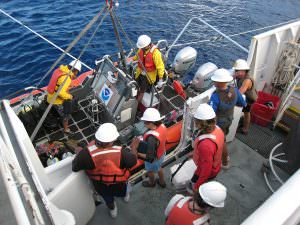 The fishing industry would collapse without healthy marine ecosystems to support populations of target species. Additionally, it is likely that banning fishing activity in protected areas will lead to increased fish numbers and size within these zones, which will spill over into surrounding waters where fishing is allowed, ultimately benefiting the fishing industry.
The fishing industry would collapse without healthy marine ecosystems to support populations of target species. Additionally, it is likely that banning fishing activity in protected areas will lead to increased fish numbers and size within these zones, which will spill over into surrounding waters where fishing is allowed, ultimately benefiting the fishing industry.
So how does it come to be that we have such an extensive network of MPAs, but destructive fishing continues seemingly unimpeded and marine biodiversity is still in decline?
Essentially, the vast majority of MPAs do not prohibit trawling. The International Union for the Conservation of Nature (IUCN) guidelines state that industrial activities should not be permitted within MPAs, which would exclude trawling. However, it is not mandatory for countries to follow these guidelines, and 90% of Europe’s MPAs are not classified according to criteria set by the IUCN1. It has been estimated that 94% of MPAs globally allow fishing of some type to continue[4].
In the UK, MPAs are not designated to protect everything within their boundaries and the aim of MPAs is usually not to exclude human activity, but to conserve certain habitats or species, while also enabling sustainable use of the area, known as ‘multiple use’ MPAs. Fishing within MPAs is assessed by the relevant statutory authority to determine the likely effects on the conservation of the designated features. If a significant detrimental effect is likely, then management measures to avoid or mitigate these impacts will be introduced. However, this only applies to territorial waters up to 12 nautical miles from shore, as offshore the EU has responsibility for regulations under the Common Fisheries Policy.
Even within UK waters, management measures do not typically mean exclusion of fishing, but may just limit the types of fishing gear that can be used or aim to constrain the intensity or timing of fishing activity. Also, restrictions are often not applied to the whole MPA, but just a region within it. NTZs currently only cover 16.4 km2, equating to less than 0.01% of UK waters. Only three MPAs within Secretary of State Waters (English inshore and offshore waters and Northern Irish offshore waters) contain NTZs.
It is therefore only the MPA management measures, not the designation itself, that can enable the recovery or maintenance of healthy, biodiverse seas. There is a huge disparity between the protection many believe is implied by MPAs and the reality of the current situation. Scientists are urging the UK government to address conservation management in general, especially with respect to MPAs, calling for better monitoring, highlighting the need to look at the bigger picture and manage whole MPAs (not just specific features) and better integrate fisheries management[5].
Ironically, the very fact that MPAs are usually designated in areas that have abundant animal populations means that these are the areas likely to attract trawlers, especially if they face no restriction on their activity. It is therefore unsurprising, even predictable, that MPAs open to destructive trawling are not benefiting from their ‘protected’ status. This has led to the proposal of Highly Protected Marine Areas (HPMAs) where all extraction and deposition would be banned, meaning no fishing, construction, dredging, or disposal of dredged material. A government-commissioned independent review, published in June 2020, stressed the necessity of introducing this higher level of protection as an essential component of the MPA strategy.
HPMAs would aim for full recovery within their boundaries, with the whole site being protected. The government committed to this ‘whole site approach’ for the most biodiverse MPAs in 2018 in the 25 Year Environment Plan[6], which implies that HMPAs will need to be introduced. This approach is expected to confer far greater environmental benefits, with whole interdependent communities, along with their processes and functions, being conserved. As well as clear benefits for biodiversity, this would also have socio-economic benefits, including for the fishing industry through stock recovery and the resultant spillover effect of fish into surrounding waters.
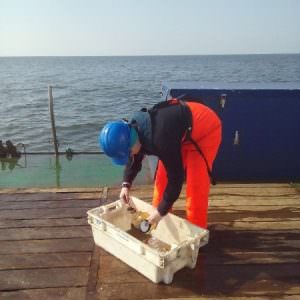 The whole site approach of HPMAs is a step towards an ecosystem approach of marine resource management. Ecosystem-based fisheries management is widely regarded as being a more effective strategy than stock assessments, as it considers a wider range of ecological impacts, such as the trophic structure of food webs. However, to truly take an ecosystem-wide view, consideration must be given to potential displacement of fishing effort into other areas when prohibiting it within HPMAs. Furthermore, for strict management measures to be effective they must be complied with, which can be difficult to enforce.
The whole site approach of HPMAs is a step towards an ecosystem approach of marine resource management. Ecosystem-based fisheries management is widely regarded as being a more effective strategy than stock assessments, as it considers a wider range of ecological impacts, such as the trophic structure of food webs. However, to truly take an ecosystem-wide view, consideration must be given to potential displacement of fishing effort into other areas when prohibiting it within HPMAs. Furthermore, for strict management measures to be effective they must be complied with, which can be difficult to enforce.
Even if HPMAs are quickly and successfully introduced, it is likely that these will form a small proportion of our waters that are already designated as MPAs, with a lower level of protection. Furthermore, if 30% of our oceans are designated as protected, this will mean very little for biodiversity if the remaining 70% is not managed sustainably.
For the vast majority of our MPAs, fisheries management measures only began in 2016, so it is very difficult to assess what effect MPAs are having as they are today. But what is already abundantly clear is that trawling is not aligned with the objectives of areas that are supposed to be protected. Although there is a tangled web of factors affecting the health of our seas, hopefully HPMAs will quickly afford tangible benefits, rather than ‘Super Protected Marine Areas’ being required in a few years’ time.
[1] Dureuil, M., Boerder, K., Burnett, K.A., Froese, R., Worm, B. (2018). Elevated trawling inside protected areas undermines conservation outcomes in a global fishing hot spot. Science, 362(6421), 1403-1407.
[2] DEFRA. (2019). Marine Strategy Part One: UK updated assessment and Good Environmental Status
[3] https://www.gov.uk/government/publications/highly-protected-marine-areas-hpmas-review-2019
[4] Costello, M.J., and Ballantine, B. (2015). Biodiversity conservation should focus on no-take Marine Reserves: 94% of Marine Protected Areas allow fishing. Trends in Ecology and Evolution, 30(9), 507-509.
[5] Rees, S.E., Sheehan, E.V., Stewart, B.D., Clark, R., Appleby, T., Attrill, M.J., Jones, P.J.S., Johnson, D., Bradshaw, N., Pittman, S., Oates, J., Solandt, J. (2020) Emerging themes to support ambitious UK marine biodiversity conservation, Marine Policy, Volume 117, 103864, ISSN 0308-597X.
[6] https://www.gov.uk/government/publications/25-year-environment-plan
